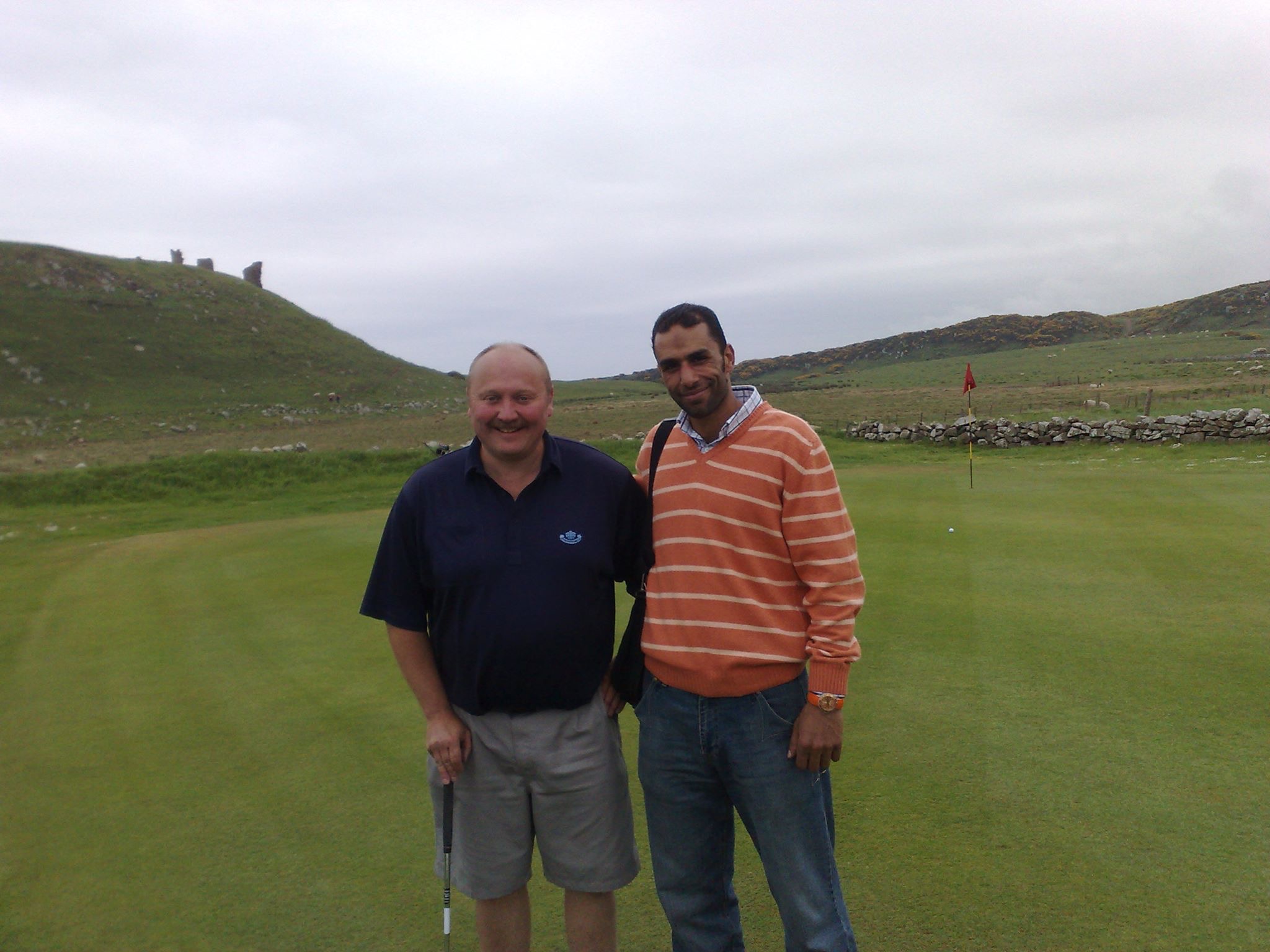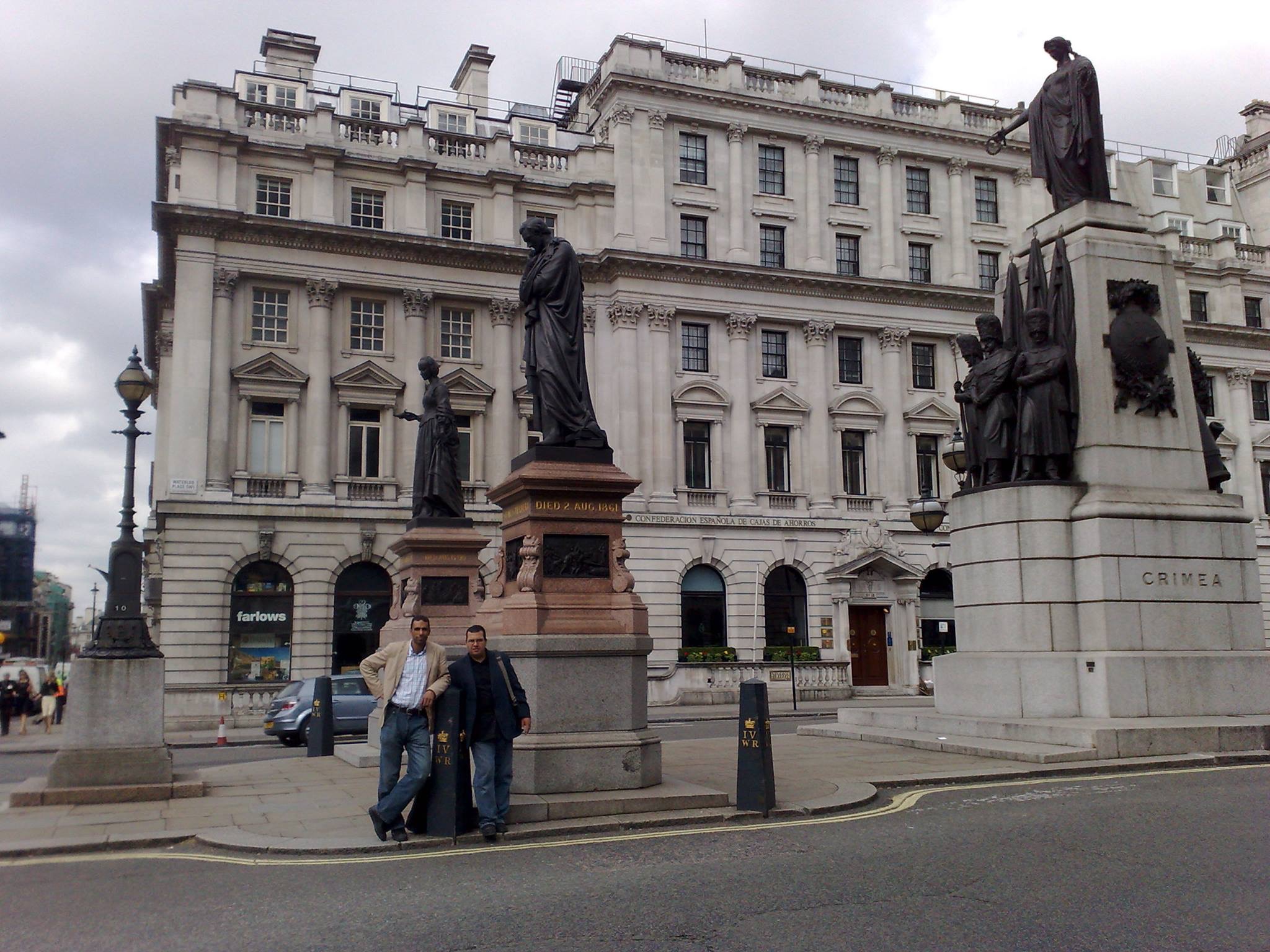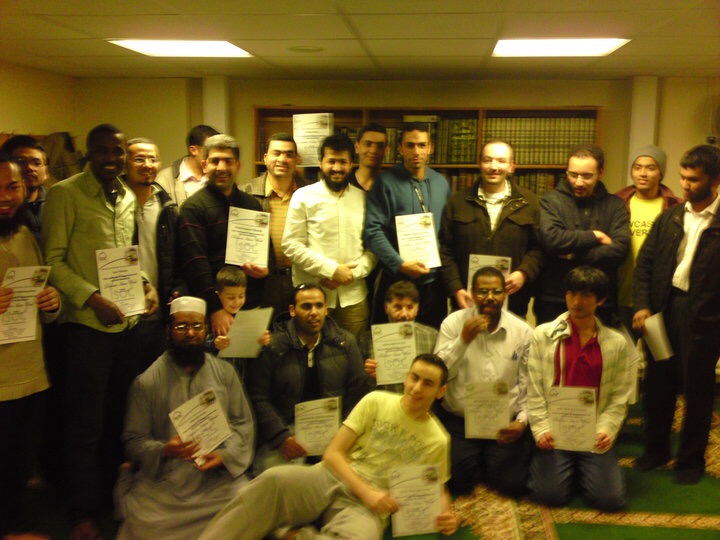My love has made me selfish. I cannot exist without you – I am forgetful of every thing but seeing you again – my Life seems to stop there – I see no further. You have absorb’d me. I have a sensation at the present moment as though I was dissolving – I should be exquisitely miserable without the hope of soon seeing you … I have been astonished that Men could die Martyrs for religion – I have shudder’d at it – I shudder no more – I could be martyr’d for my Religion – Love is my religion – I could die for that – I could die for you.
(John Keats)
13 October 1819
THE BEST POEMS OF JOHN KEATS
John Keats (1795-1821) died when he was just twenty-five years old, but he left behind a substantial body of work, considering he died so young. Nevertheless, a number of his poems immediately suggest themselves as being among the ‘best’ of his work.
‘Ode to Psyche’.
The earliest of Keats’s 1819 odes, ‘Ode to Psyche’ is about the Greek embodiment of the soul and mind, Psyche. Keats declares that he will be Psyche’s ‘priest’ and build a temple to her in his mind. Although this is probably the least-admired of Keats’s classic odes (though ‘Ode on Indolence’ would rival it), it’s a fine paean to poetic creativity and the power of the imagination.
‘Ode on Melancholy’.
Another one of the famous odes, this time addressing us, the reader, directly, and telling us the best way to deal with a case of the blues. Rather than trying to shake it off or ignore it, he says that we should allow ourselves to wallow in melancholy by dwelling on the transience of all things – including melancholy itself. ‘This too shall pass’, as the old line has it…
‘Lamia’.
Another product of Keats’s annus mirabilis of 1819, ‘Lamia’ is a longer, somewhat tragic narrative poem about Hermes’ search for a beautiful nymph, whom he finds thanks to Lamia, a queen who has been transformed into a serpent. This poem contains Keat’s famous objection to science as a discipline which unravels the mysteries of nature and ‘unweaves the rainbow’.
‘Bright Star’.
This sonnet muses upon the fragility and inconstancy of human life. It doesn’t actually have a title, and instead is known by its first line, ‘Bright star! Would I were stedfast as thou art’. Keats copied the finished version of the sonnet into a volume of The Poetical Works of William Shakespeare, placing his poem opposite
Shakespeare’s A Lover’s Complaint.
The first two words of the sonnet were used as the title of the 2009 biopic about Keats’s life, Bright Star, starring Ben Whishaw as Keats.
‘On First Looking into Chapman’s Homer’.
This sonnet focuses on Keats’s initial encounter with an English translation of Homer’s poetry by George Chapman (c. 1559-1634), likening the experience to that of an astronomer discovering a new planet or an explorer sighting an unknown land. Curiously, the poem contains an error: Keats writes of ‘stout Cortez’ sighting the Pacific, but it was Balboa, rather than Cortez, who conquered South America and would have stood ‘upon a peak in Darien’. Whether this mistake matters depends on your view of what Christopher Ricks has called ‘literature and the matter of fact’.
‘The Eve of St. Agnes’.
One of the longer poems to feature on this list, ‘The Eve of St. Agnes’ is a narrative poem told using the Spenserian stanza, the nine-line verse form Edmund Spenser developed for his vast sixteenth-century epic, The Faerie Queene. On a cold night in a medieval castle, a young lover breaks into his sweetheart’s chamber, hides in her closet, and then persuades her semi-conscious self to run away with him.
‘La Belle Dame sans Merci’.
This ballad is among Keats’s most popular poems: it tells the story of a knight-at-arms who was seduced by a woman who was more fairy than human (you know the sort of thing), lured back to her cave, and then abandoned on the cold hillside. The poem inspired the title of Rachel Carson’s groundbreaking 1962 work of environmentalism, Silent Spring, from the line of Keats’s poem, ‘And no birds sing.’
‘Ode on a Grecian Urn’.
Inspired by the scenes depicted on an ancient Greek urn, this is one of Keats’s best odes. However, original readers didn’t think so: in 1820 it was met with a lukewarm reception. Since then, though, its reputation as one of Keats’s most polished poems has become established – including the famous final two lines, ‘Beauty is truth, truth beauty, – that is all / Ye know on earth, and all ye need to know.’
‘To Autumn’.
Probably the most famous poem about the season in all of English literature, Keats’s ‘To Autumn’ is also one of the finest autumn poems in the language. Jonathan Bate has a fine analysis of this poem in his book of eco-criticism, The Song of the Earth, which points up all of the contemporary allusions to early nineteenth-century politics and history.
‘Ode to a Nightingale’.
Unlike the ‘Ode on a Grecian Urn’, this fellow ode was admired by contemporary critics and reviewers of Keats’s work. According to one account it was written by Keats under a plum tree in the garden of Keats House, London in May 1819. Keats was inspired by hearing the sound of birdsong and penned this poem in praise of the nightingale. Like ‘Bright Star’ it is a brilliant poem about mortality and the lure of death and escape. F. Scott Fitzgerald took the phrase ‘tender is the night’ from this poem and used it as the title for his 1934 novel.
Ode on #Melancholy
BY #JOHN KEATS
No, no, go not to Lethe, neither twist Wolf's-bane, tight-rooted, for its poisonous wine;
Nor suffer thy pale forehead to be kiss'd
By nightshade, ruby grape of Proserpine;
Make not your rosary of yew-berries,
Nor let the beetle, nor the death-moth be
Your mournful Psyche, nor the downy owl
A partner in your sorrow's mysteries;
For shade to shade will come too drowsily,
And drown the wakeful anguish of the soul.
But when the melancholy fit shall fall
Sudden from heaven like a weeping cloud,
That fosters the droop-headed flowers all,
And hides the green hill in an April shroud;
Then glut thy sorrow on a morning rose,
Or on the rainbow of the salt sand-wave,
Or on the wealth of globed peonies;
Or if thy mistress some rich anger shows, Emprison her soft hand, and let her rave,
And feed deep, deep upon her peerless eyes.
She dwells with Beauty—Beauty that must die;
And Joy, whose hand is ever at his lips
Bidding adieu; and aching Pleasure nigh, Turning to poison while the bee-mouth sips:
Ay, in the very temple of Delight
Veil'd Melancholy has her sovran shrine, Though seen of none save him whose strenuous tongue
Can burst Joy's grape against his palate fine;
His soul shalt taste the sadness of her might, And be among her cloudy trophies hung.
Keats’ Sensuousness
The poetry that directly and immediately appeals to our senses of hearing, seeing, touching, smelling and tasting is often termed as sensuous poetry. John Keats is the greatest poet of senses in the world of English literature. Sensuousness is the paramount quality of Keats' poetry. No one has gratified human senses to the same extent as Keats does. Adoration of beauty is his religion as he writes, “I have loved the principle of beauty in all things”. This sensuousness is the striking feature of Keats’ poetry. Ode to Psyche, Ode on Melancholy, Ode on a Grecian Urn, Ode to Fancy and The Eve of St. Agnes are the poems which teem with sensuous pictures and images.
Firstly, 'Ode to Psyche' contains a lovely picture of cupid and psyche lying in an embrace in the deep grass, in the midst of flowers of varied colors, “Mid hush'd, cool rooted flowers, fragrant eyed”. Keats presents more sensuous imagery when he describes the superior beauty of psyche as compared to that of Venus and Vesper .Then Keats presents the sensuous pictures of a forest, mountains, streams, birds and breezes. The most sensuous picture comes when cupid is going towards temple in order to make love to psyche.
Secondly, in 'Ode on Melancholy' we have several sensuous pictures. The poet presents the picture of rain falling and the beautiful morning rose. Then Keats shows the different colors produced by the sun light playing on wet sand and there is also the wealth 'globed peonies'. And then there is another exquisitely sensuous picture when he says,
”If the mistress some rich anger shows, Emprison her soft hand and let her rave”.
Thirdly, Keats’ masterpiece 'Ode on Grecian Urn' contains a series of sensuous pictures. He beautifully depicts the pipers who are playing sweet music and a mad lover who is chasing his beloved in order to kiss her. Then he depicts the happy branches of the trees that are enjoying everlasting spring and this sight amuses our sense of seeing. The most sensuous picture is of the lovers who will never grow old and their love will remain warm forever. “More happy love, more happy love ! For ever warm and still to be enjoyed”
Fourthly, Keats’ masterpiece 'Ode to Nightingale' is one of the finest examples of his rich sensuousness. In this ode, the poet expresses his passionate desire for some red wine from the mountain of the Muses. Keats' desire for red wine appeals to our sense of smelling and tasting.
”For a draught of vintage! that hath been cooled a long age in the deep delved earth”.
Then the beaker full of wine, rich feast of flowers, the eglantine and the magnificent image of the moon shining in the sky, all this is a delight for our senses.
Fifthly, in 'Ode to Fancy' the fruits of autumn and the sweet songs of the birds are the magnificent pictures that appeal to our senses. While in 'Ode to Autumn' the vine suggesting grapes, apples and the bees suggesting honey all this appeals to our senses of tasting and smelling. Keats is pre- eminently a poet of sensations however this sensuousness has certain objectionable aspects as well.
First, sometimes Keats tends to develop too much upon the charms of the feminine body such as lips, cheeks, and breast. He often wishes for the activities that are sensual in their manner and unsuitable in their appeal. The poems like “Sleep and Poetry' 'Ode to Fancy' and 'The Eve of St.Agnes” can be quoted as examples of such hyper-sensual poetry.
Second, the most frequent objection against Keats' sensuousness is that Keats is a sentimental, sensuous and escapist poet who sees intellectual and spiritual depth. Yet we can note that sensuous and intellectual, real and ideal go hand in hand in his poetry. Although he goes into ideal world, yet his feet are firmly rooted on this earth. “Adieu! The fancy cannot cheat so well as she is famed to do”.
We can clearly see that he transforms himself into nightingale's world but never breaks his link with this world of reality and its natives. To be short, sensuousness is the principal charm of Keats' poetry because beauty gives a touch of sensuousness to his poetry. Keats adores beauty to the extent that he says in Hyperion. ”That first in beauty should be first in might”.
To sum up we can say that Keats’ sensuous poetry is not cheap sensational or petty sentimental rather there is a streak of deep intellect and spirituality. It is mainly due to his sensuous poetry that Keats stands starkly high and superior among English poets. Sensuousness is one of the striking features of his poetry.











